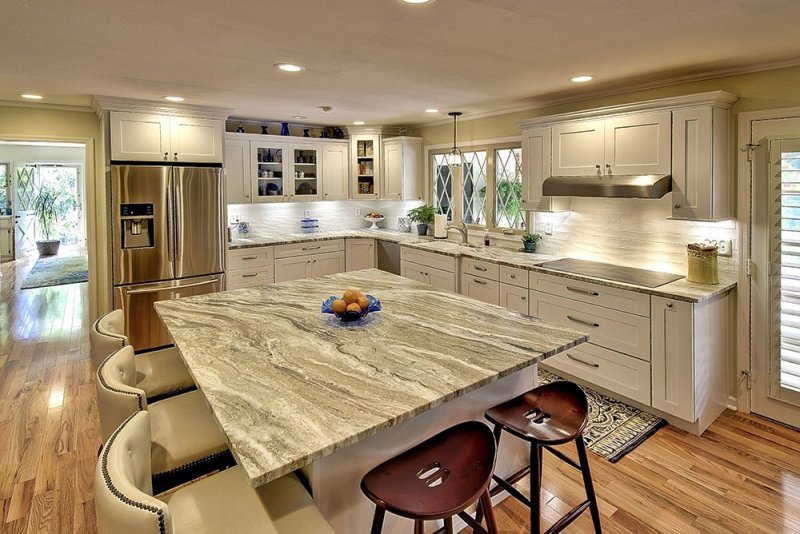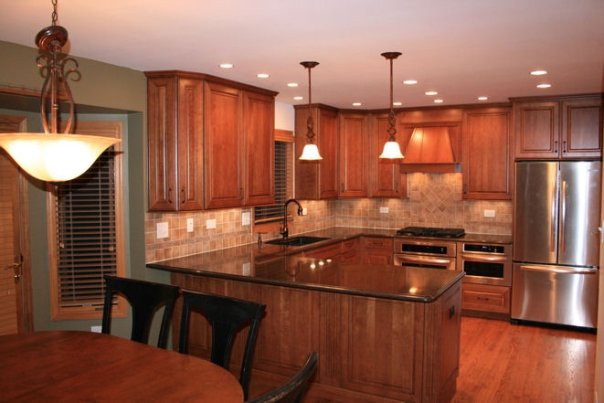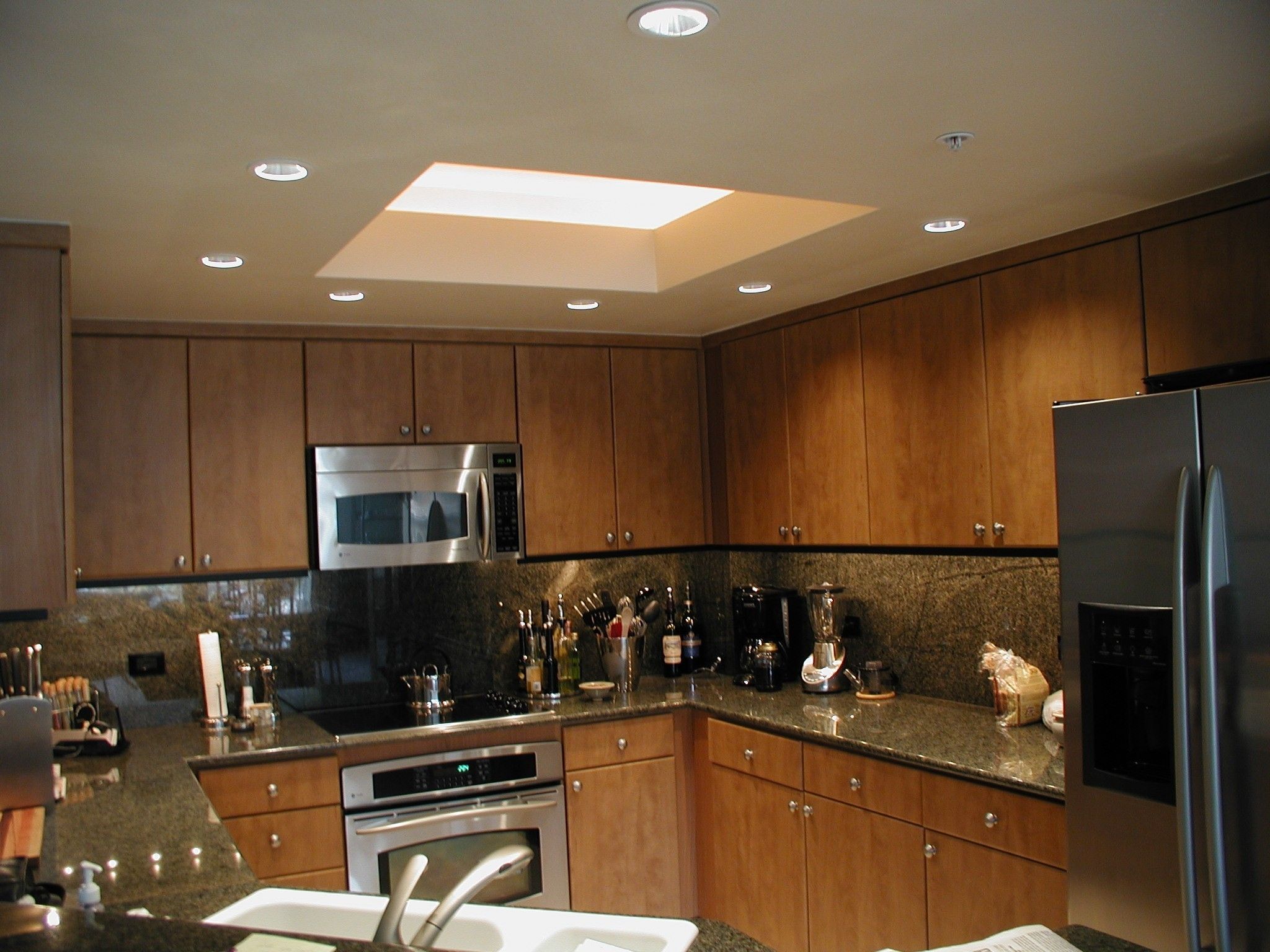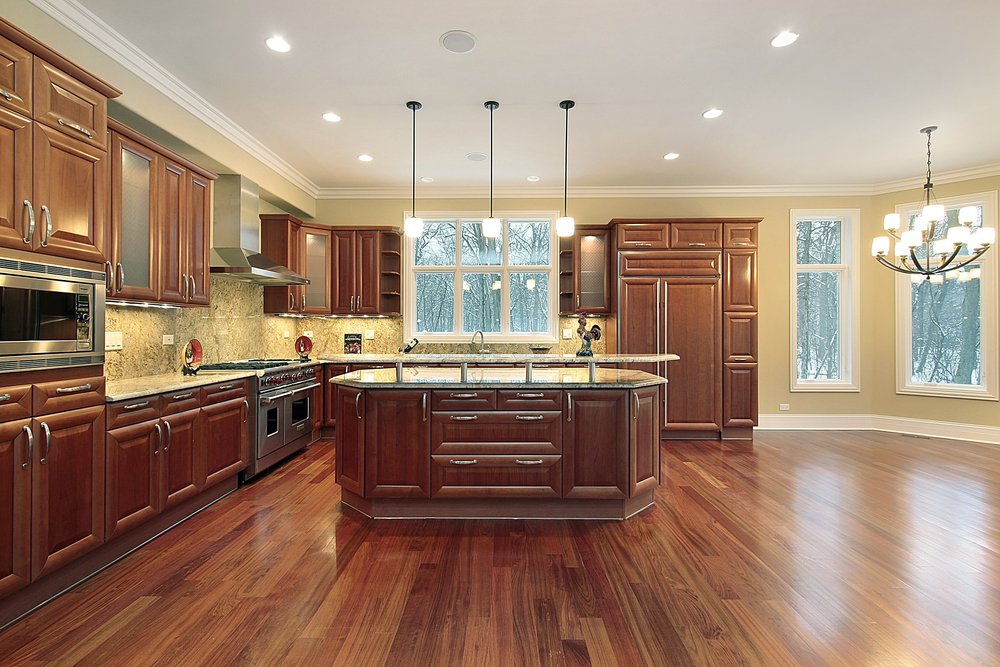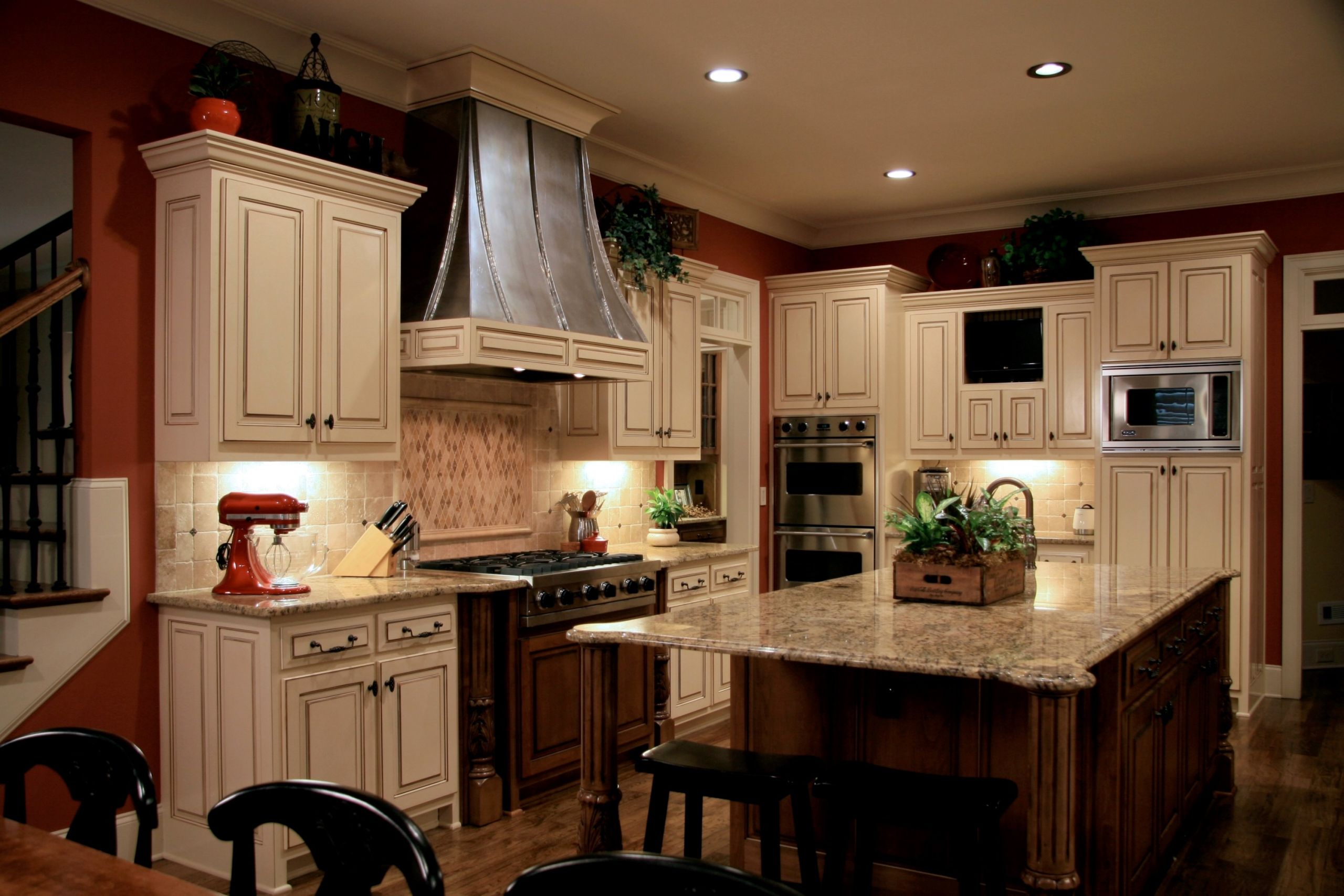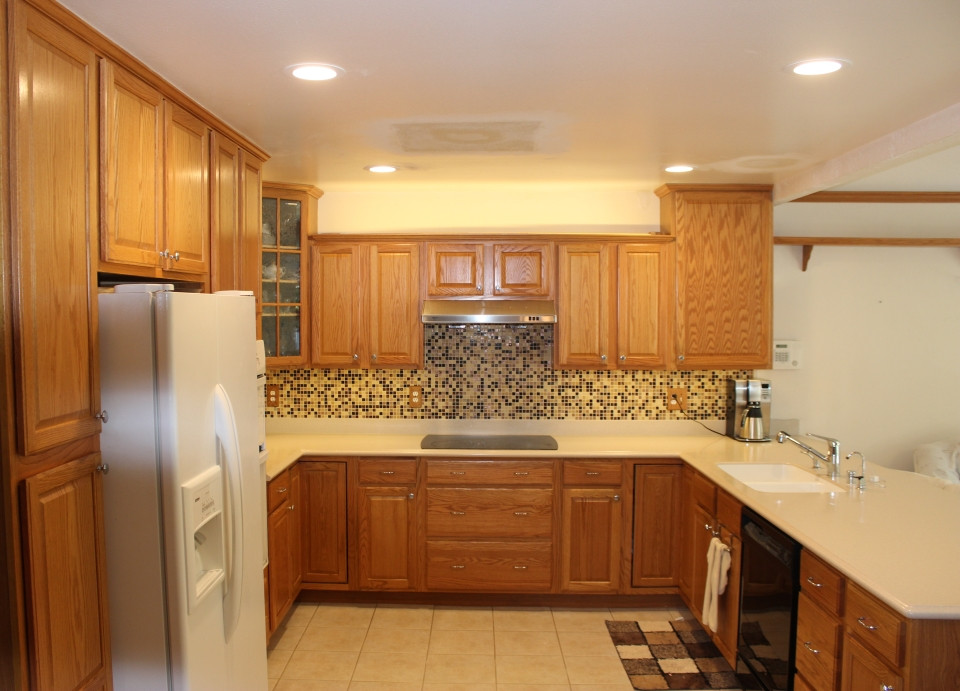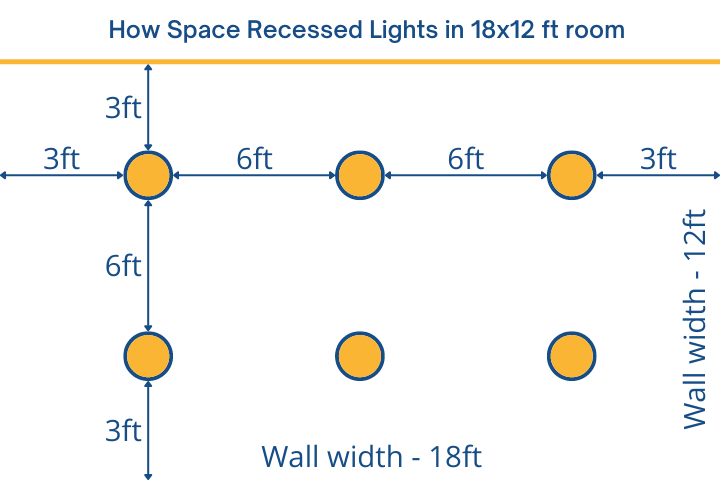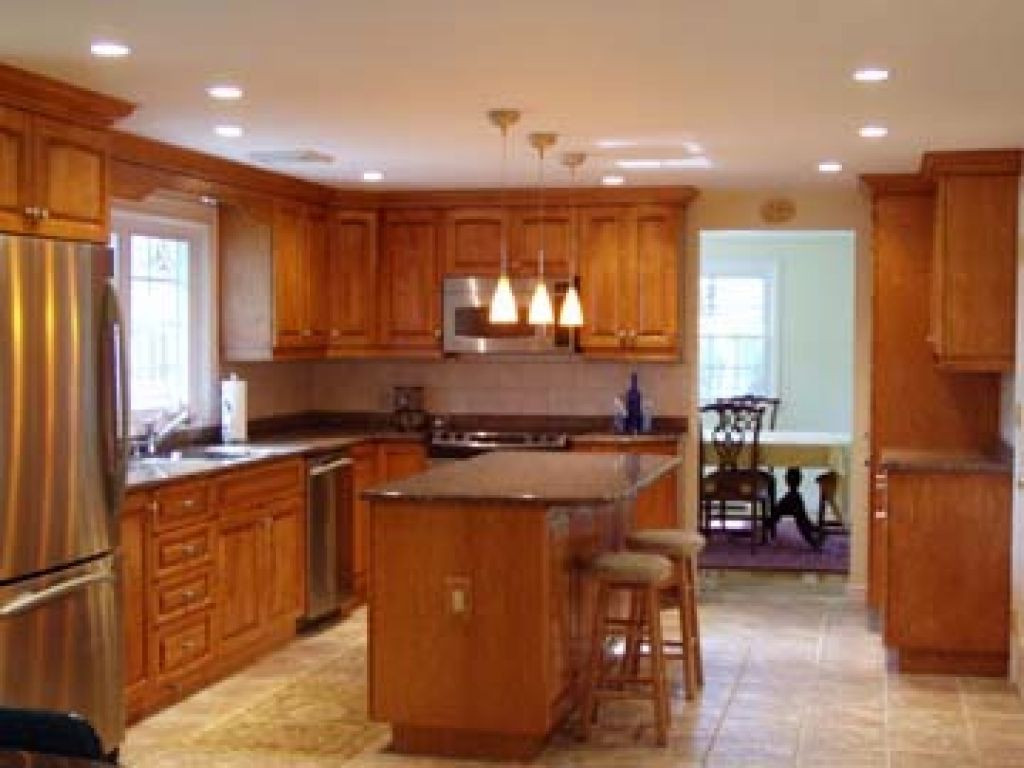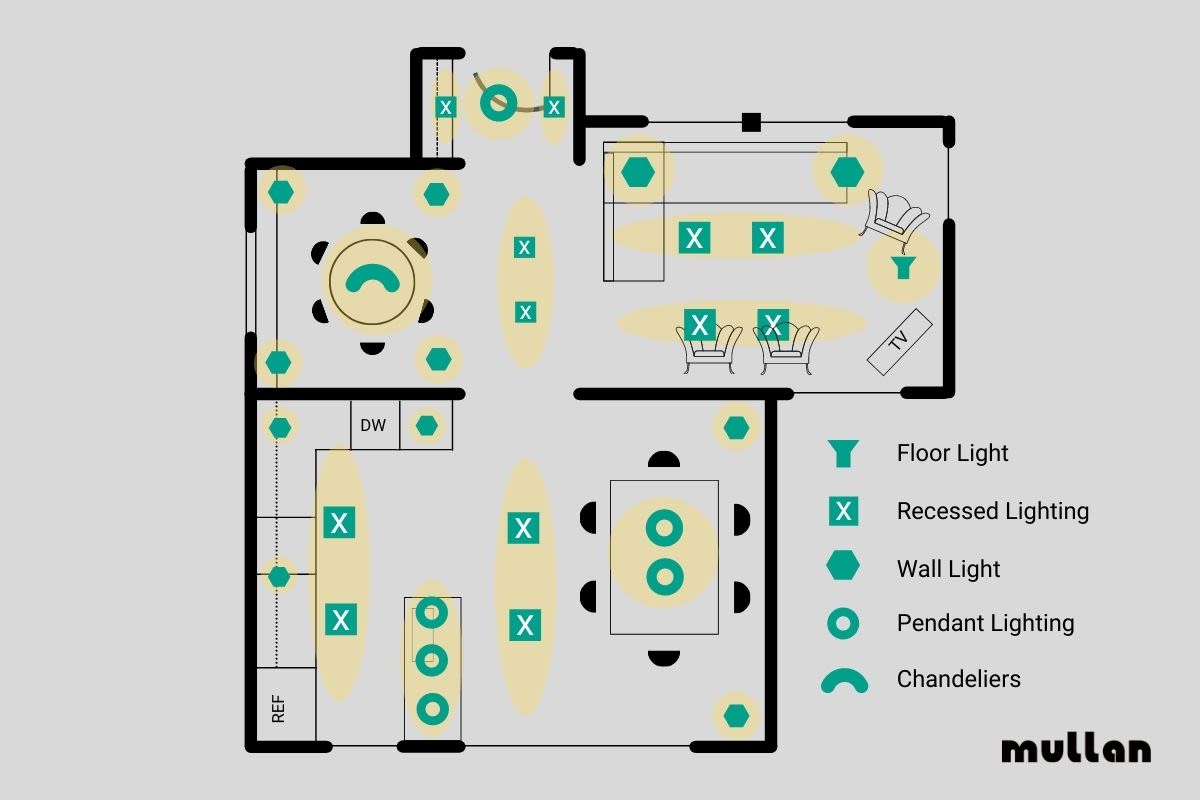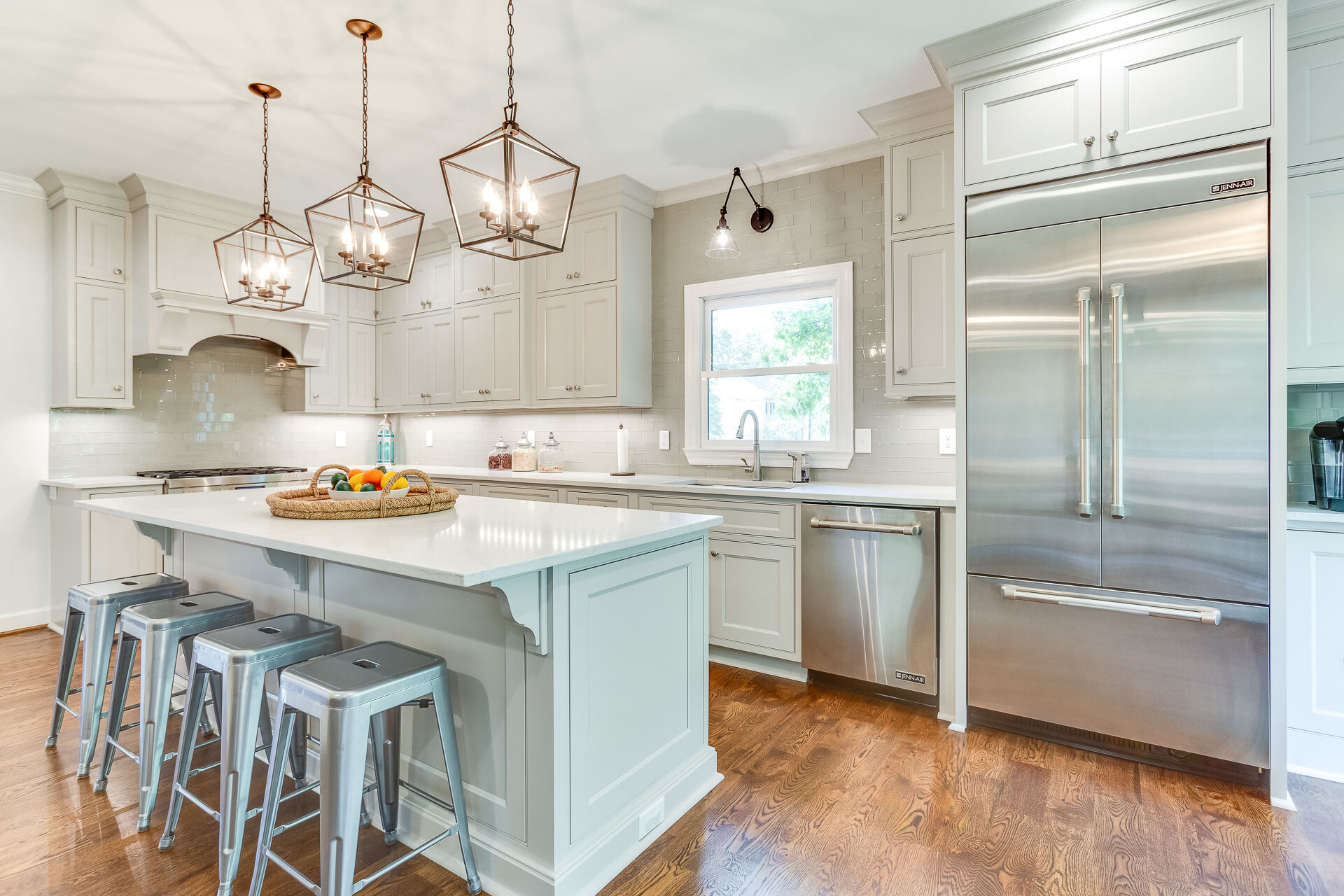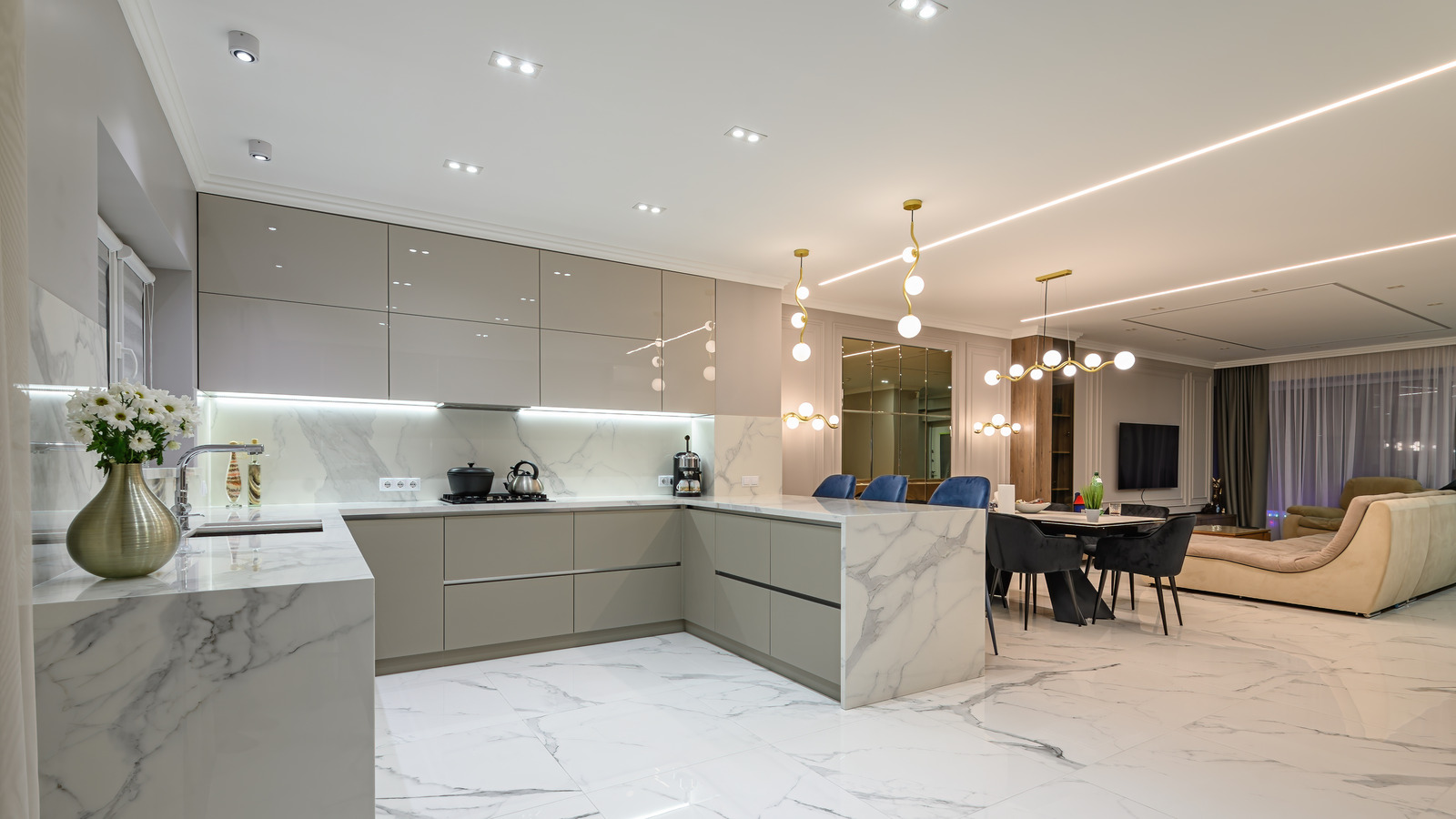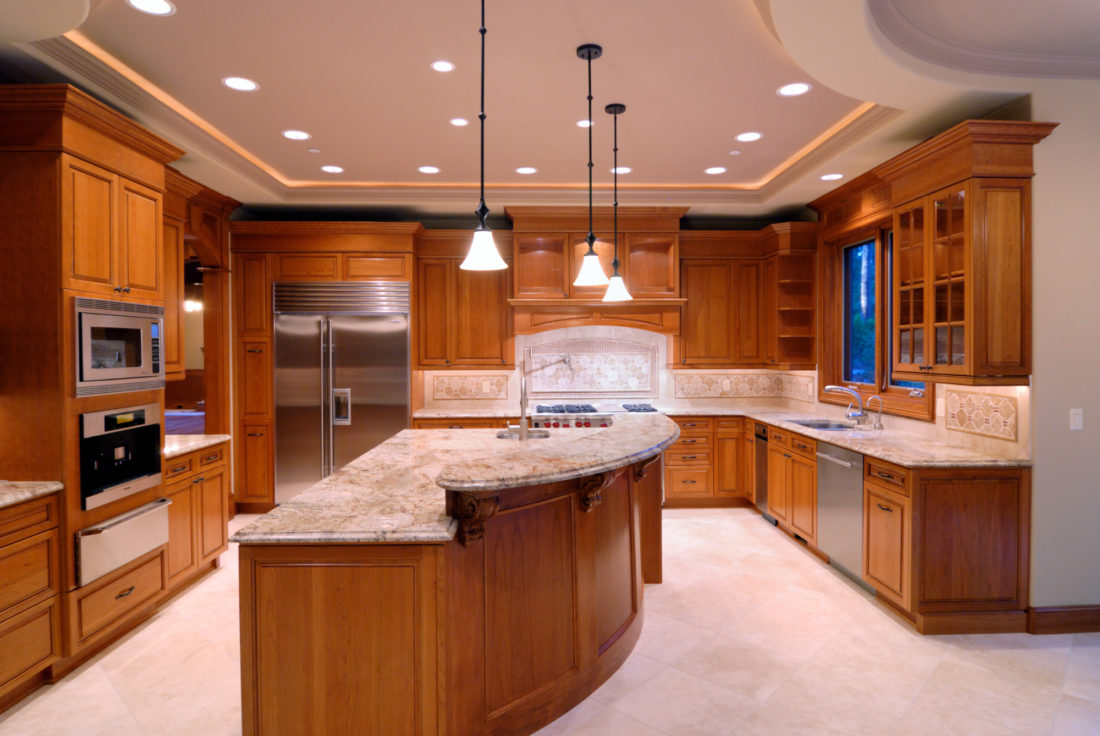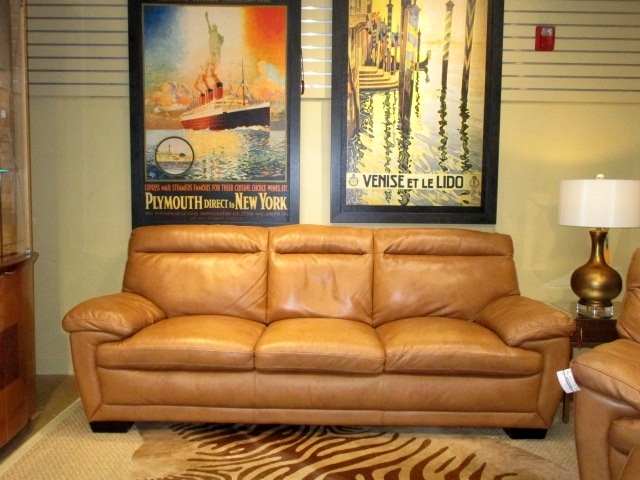Recessed lighting, also known as can lighting, is a popular choice for kitchen lighting due to its sleek and modern look. But proper placement of these lights is crucial to achieving the best lighting results in your kitchen. Here are some tips for ideal can lighting placement in your kitchen to create a well-lit and functional space.Proper Placement of Recessed Lighting in a Kitchen
When it comes to can lighting placement in your kitchen, following a simple layout plan can ensure that your lights are evenly spaced and provide adequate lighting. Here are four easy steps to help you layout your recessed lighting in the kitchen: Step 1: Measure your kitchen The first step is to measure the dimensions of your kitchen. This will help you determine the number of cans needed and the spacing between them. As a general rule, you should have one recessed light for every 4-6 square feet of kitchen space. Step 2: Decide on the type of lighting Before laying out your recessed lighting, consider the type of lighting you want in your kitchen. Do you want general ambient lighting, task lighting, or accent lighting? This will help you determine where to place the lights for optimal functionality and aesthetics. Step 3: Mark the locations Using a pencil, mark the locations for your recessed lights according to your kitchen measurements and lighting objectives. You can use a template or a stud finder to help with this process. Step 4: Install the lights Once you have marked the locations, it's time to install the lights. Make sure to follow the manufacturer's instructions and use proper equipment for a safe and secure installation.How to Layout Recessed Lighting in 4 Easy Steps
When it comes to can lighting placement in your kitchen, there are some best practices to keep in mind to achieve the best results. These include: • Placing lights around the perimeter of the kitchen for even lighting throughout the space. • Avoiding placing lights directly above the sink or stove, as this can create shadows and glare. • Using dimmer switches to control the intensity of the lights and create the desired ambiance. • Considering the layout and function of your kitchen when placing lights, such as having task lighting above the countertops and prep areas.Best Practices for Kitchen Lighting Placement
To ensure that your kitchen has the perfect lighting placement, here are five tips to keep in mind: 1. Avoid placing lights too close together While it may be tempting to place recessed lights close together for maximum brightness, this can actually create hot spots and make the space feel overwhelming. Leave at least 3 feet between each light for an even and balanced lighting scheme. 2. Consider the height of your ceiling The height of your ceiling will also play a role in can lighting placement. For lower ceilings, place the lights closer together to avoid creating a cluttered look. For higher ceilings, you can space the lights further apart for a more dramatic effect. 3. Use adjustable trims Adjustable trims allow you to direct the light in a specific direction, making them ideal for highlighting artwork or specific areas in your kitchen. Consider using these trims for accent lighting or to create a focal point in the space. 4. Consider natural lighting If your kitchen has windows or skylights, take them into account when placing your recessed lights. Natural light can help reduce the need for artificial lighting and can also affect the placement and intensity of your can lights. 5. Don't forget about the corners When planning your can lighting placement, don't forget about the corners of your kitchen. These are often areas that can be overlooked but can benefit from additional lighting. Consider adding a few recessed lights in the corners to create a well-lit and inviting space.5 Tips for Perfect Kitchen Lighting Placement
Recessed lighting can be a great way to maximize light in your kitchen, especially in smaller spaces. Here are some tips to help you make the most out of your can lighting: • Use smaller and more numerous cans for better light distribution. • Consider using LED bulbs for energy efficiency and a brighter light output. • Use different types of trims to create different lighting effects, such as narrow beams for task lighting and wider beams for ambient lighting. • Use a mix of recessed lights and other types of lighting, such as pendant lights or under cabinet lighting, for a layered and versatile lighting scheme.Maximizing Light with Recessed Lighting in Your Kitchen
To ensure that your kitchen lighting is functional and aesthetically pleasing, here are some dos and don'ts to keep in mind when placing can lights: • Do use recessed lights for general ambient lighting. • Do place lights around the perimeter of the kitchen for even lighting. • Do consider the function and layout of your kitchen when placing lights. • Don't place lights too close together or too far apart. • Don't place lights directly above the sink or stove. • Don't rely solely on recessed lighting for all your kitchen lighting needs.The Dos and Don'ts of Can Lighting Placement in a Kitchen
Designing a well-lit kitchen requires careful consideration of recessed lighting placement. Here is a guide to help you achieve the best results: • Use a combination of general, task, and accent lighting for a well-rounded lighting scheme. • Place lights around the perimeter of the kitchen for even lighting. • Use dimmer switches to control the intensity of the lights. • Consider natural lighting and adjust your recessed lighting accordingly. • Use adjustable trims for more flexibility in directing the light.Creating a Well-Lit Kitchen: Recessed Lighting Placement Guide
While recessed lighting can enhance the look and functionality of your kitchen, there are some common mistakes to avoid when placing these lights. These include: • Placing lights too close together or too far apart. • Not considering the function and layout of your kitchen when placing lights. • Using recessed lighting as the sole source of lighting in your kitchen. • Placing lights directly above the sink or stove. • Not adjusting the lighting according to natural light sources.Common Mistakes to Avoid When Placing Can Lights in a Kitchen
The ideal spacing for recessed lighting in your kitchen will depend on the size and layout of your space, as well as the type of lighting you want to achieve. Here are some general guidelines to help you determine the ideal spacing: • For general ambient lighting, place lights 4-6 feet apart. • For task lighting, place lights 2-3 feet apart. • For accent lighting, place lights closer together to highlight specific areas or features. • Consider the height of your ceiling and adjust the spacing accordingly. • Use your own judgment and make adjustments as needed for the best lighting results.How to Determine the Ideal Spacing for Recessed Lighting in Your Kitchen
When designing your kitchen lighting plan, can light placement is an important aspect to consider. Here are some tips to help you create a well-lit and functional kitchen: • Start with a general layout plan and adjust as needed for your specific kitchen space. • Consider the type of lighting you want to achieve and place the lights accordingly. • Don't be afraid to mix and match different types of lighting for a layered and versatile lighting scheme. • Use your own judgment and make adjustments as needed for the best lighting results. In conclusion, proper placement of recessed lighting in a kitchen is crucial for achieving the best lighting results. By following these tips and guidelines, you can create a well-lit and functional space that meets your lighting needs and enhances the overall look of your kitchen.Designing Your Kitchen Lighting Plan: Tips for Can Light Placement
Light Up Your Kitchen with Strategic Lighting Placement

The Importance of Lighting in Kitchen Design
 When designing a house, one crucial aspect that often gets overlooked is lighting placement. This is especially true when it comes to the kitchen, which is often considered the heart of the home. The right lighting can not only enhance the aesthetics of your kitchen but also improve its functionality and make it a more enjoyable space to cook and gather in.
Proper lighting is essential for creating a welcoming and functional kitchen.
It sets the mood and ambiance of the space while also providing necessary illumination for tasks such as cooking and cleaning.
Insufficient or poorly placed lighting can make your kitchen feel dark, cramped, and uninviting.
On the other hand,
strategically placed lighting can make your kitchen feel bright, spacious, and inviting.
When designing a house, one crucial aspect that often gets overlooked is lighting placement. This is especially true when it comes to the kitchen, which is often considered the heart of the home. The right lighting can not only enhance the aesthetics of your kitchen but also improve its functionality and make it a more enjoyable space to cook and gather in.
Proper lighting is essential for creating a welcoming and functional kitchen.
It sets the mood and ambiance of the space while also providing necessary illumination for tasks such as cooking and cleaning.
Insufficient or poorly placed lighting can make your kitchen feel dark, cramped, and uninviting.
On the other hand,
strategically placed lighting can make your kitchen feel bright, spacious, and inviting.
Consider Natural Lighting
 When planning your kitchen lighting, the first thing to consider is natural light.
Natural light not only brightens up the space but also has numerous health benefits, such as boosting mood and productivity.
If possible, position your kitchen in an area of your home that receives plenty of natural light.
You can also add windows or skylights to bring in more natural light.
This will not only reduce your reliance on artificial lighting but also make your kitchen feel more open and airy.
When planning your kitchen lighting, the first thing to consider is natural light.
Natural light not only brightens up the space but also has numerous health benefits, such as boosting mood and productivity.
If possible, position your kitchen in an area of your home that receives plenty of natural light.
You can also add windows or skylights to bring in more natural light.
This will not only reduce your reliance on artificial lighting but also make your kitchen feel more open and airy.
The Three Types of Kitchen Lighting
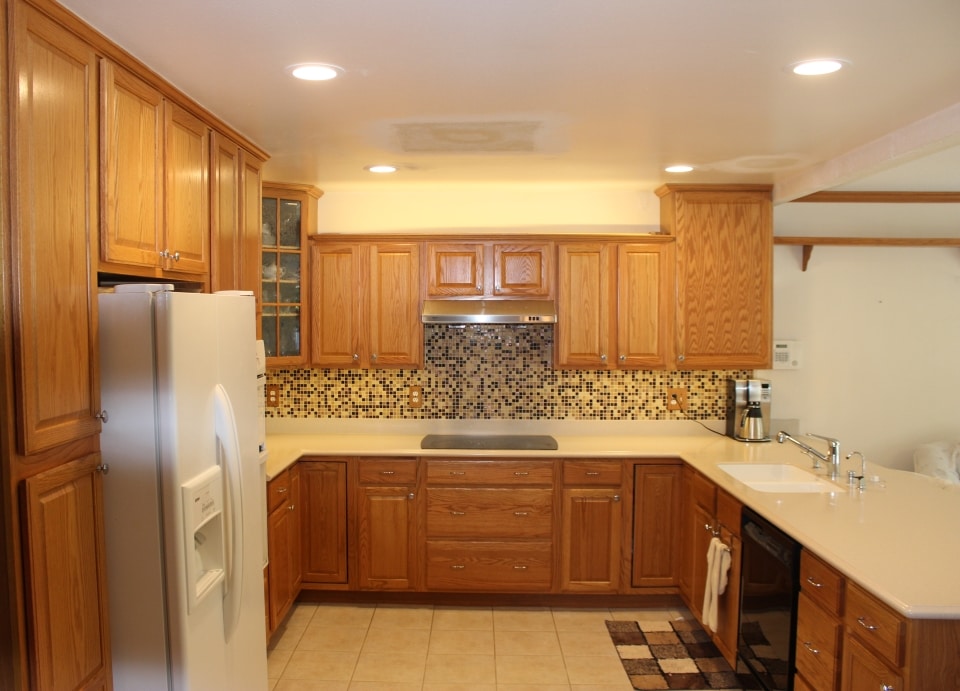 There are three main types of lighting that are essential for a well-lit and functional kitchen: ambient, task, and accent lighting.
Ambient lighting provides overall illumination for the space and is usually achieved through overhead fixtures.
Task lighting, on the other hand, is focused on specific areas where tasks are performed, such as the stovetop or sink.
Accent lighting is used to highlight specific features or areas of the kitchen, such as a beautiful backsplash or a statement piece of artwork.
Combining these three types of lighting creates a well-balanced and visually appealing kitchen.
There are three main types of lighting that are essential for a well-lit and functional kitchen: ambient, task, and accent lighting.
Ambient lighting provides overall illumination for the space and is usually achieved through overhead fixtures.
Task lighting, on the other hand, is focused on specific areas where tasks are performed, such as the stovetop or sink.
Accent lighting is used to highlight specific features or areas of the kitchen, such as a beautiful backsplash or a statement piece of artwork.
Combining these three types of lighting creates a well-balanced and visually appealing kitchen.
Strategic Placement is Key
 Now that you understand the different types of lighting, it's important to know where to place them in your kitchen.
For ambient lighting, you want to evenly distribute fixtures throughout the space to avoid any dark spots.
Task lighting should be placed directly above areas where tasks are performed, such as under-cabinet lighting for food prep areas.
Accent lighting can be strategically placed to draw attention to specific features or add a touch of drama to the space.
Additionally,
consider installing dimmer switches to adjust the intensity of your lighting and create different moods for different occasions.
Now that you understand the different types of lighting, it's important to know where to place them in your kitchen.
For ambient lighting, you want to evenly distribute fixtures throughout the space to avoid any dark spots.
Task lighting should be placed directly above areas where tasks are performed, such as under-cabinet lighting for food prep areas.
Accent lighting can be strategically placed to draw attention to specific features or add a touch of drama to the space.
Additionally,
consider installing dimmer switches to adjust the intensity of your lighting and create different moods for different occasions.
In Conclusion
 Lighting placement is a crucial element of kitchen design that should not be overlooked.
Properly placed lighting can transform your kitchen into a welcoming and functional space that you and your family will enjoy spending time in. By incorporating natural light and a combination of ambient, task, and accent lighting, you can create a well-lit and visually appealing kitchen. So, the next time you're designing or renovating your kitchen, be sure to pay attention to lighting placement for a well-lit and beautiful space.
Lighting placement is a crucial element of kitchen design that should not be overlooked.
Properly placed lighting can transform your kitchen into a welcoming and functional space that you and your family will enjoy spending time in. By incorporating natural light and a combination of ambient, task, and accent lighting, you can create a well-lit and visually appealing kitchen. So, the next time you're designing or renovating your kitchen, be sure to pay attention to lighting placement for a well-lit and beautiful space.

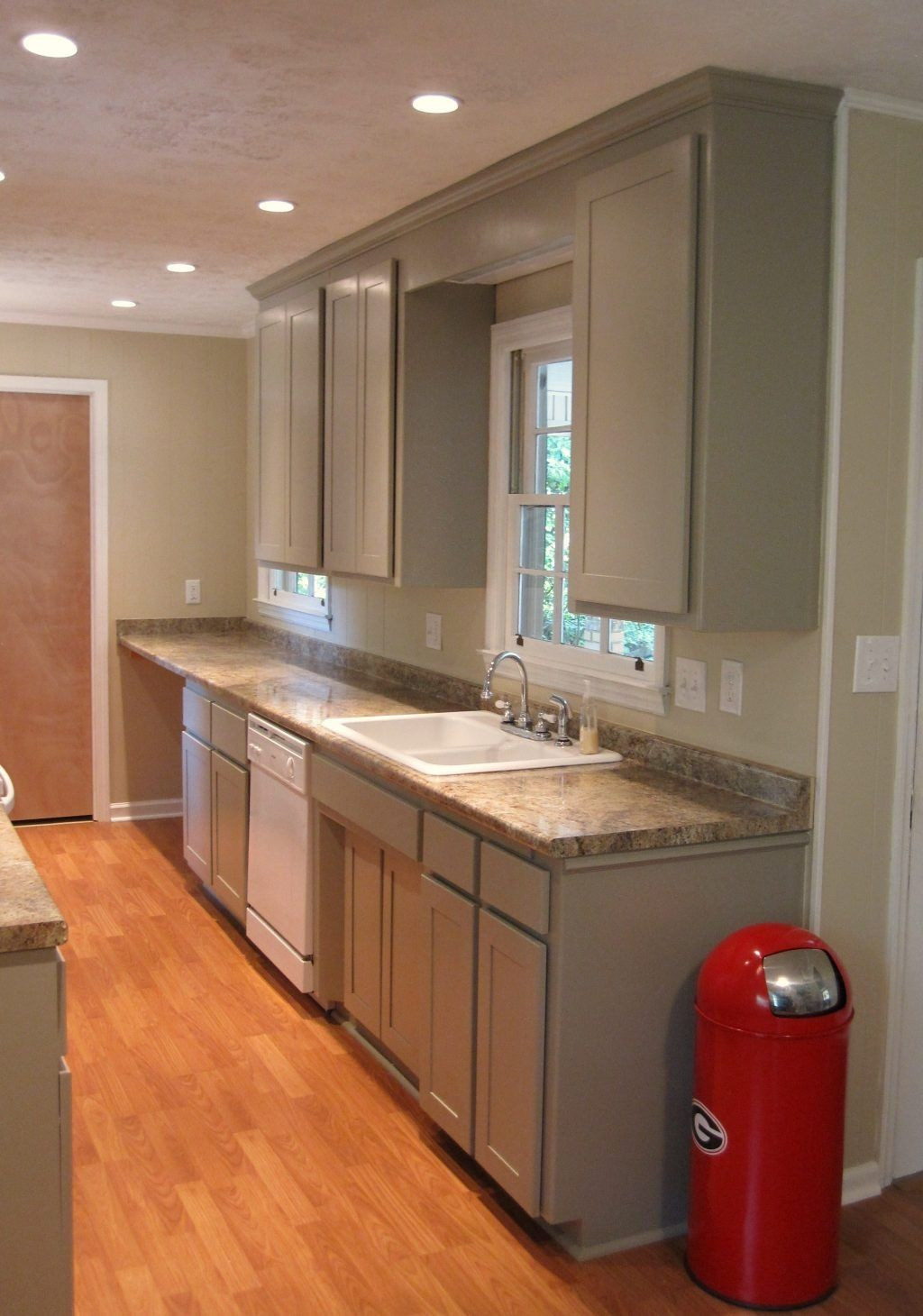
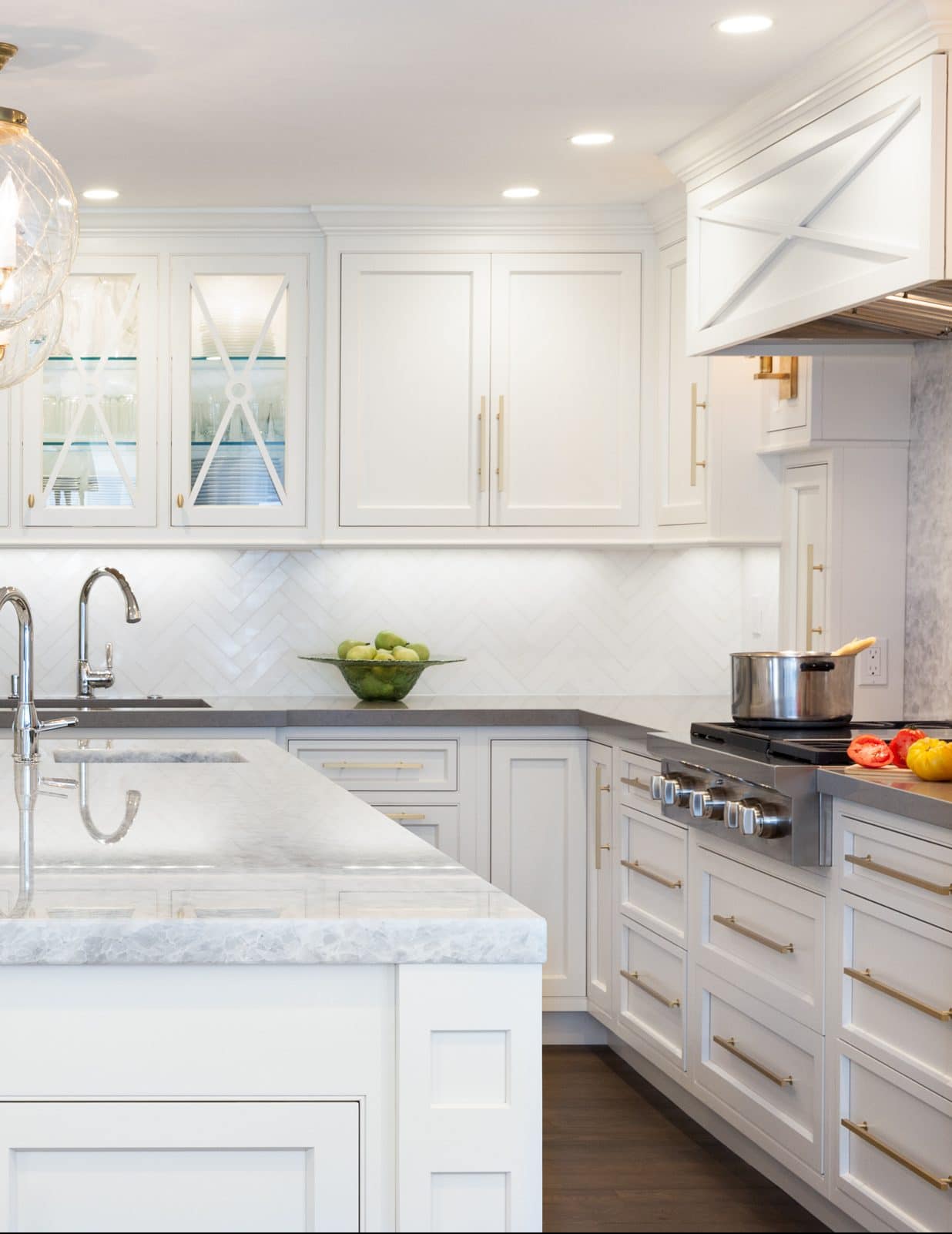






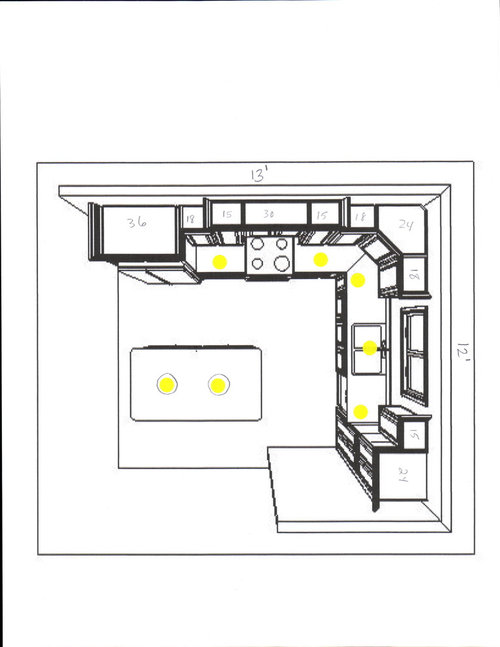

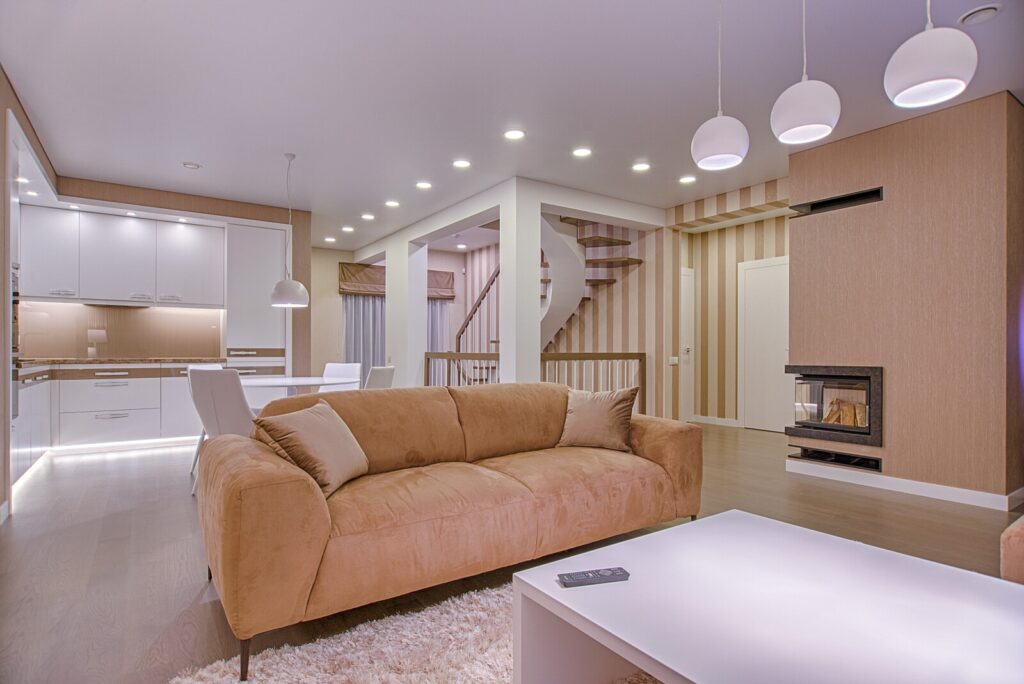

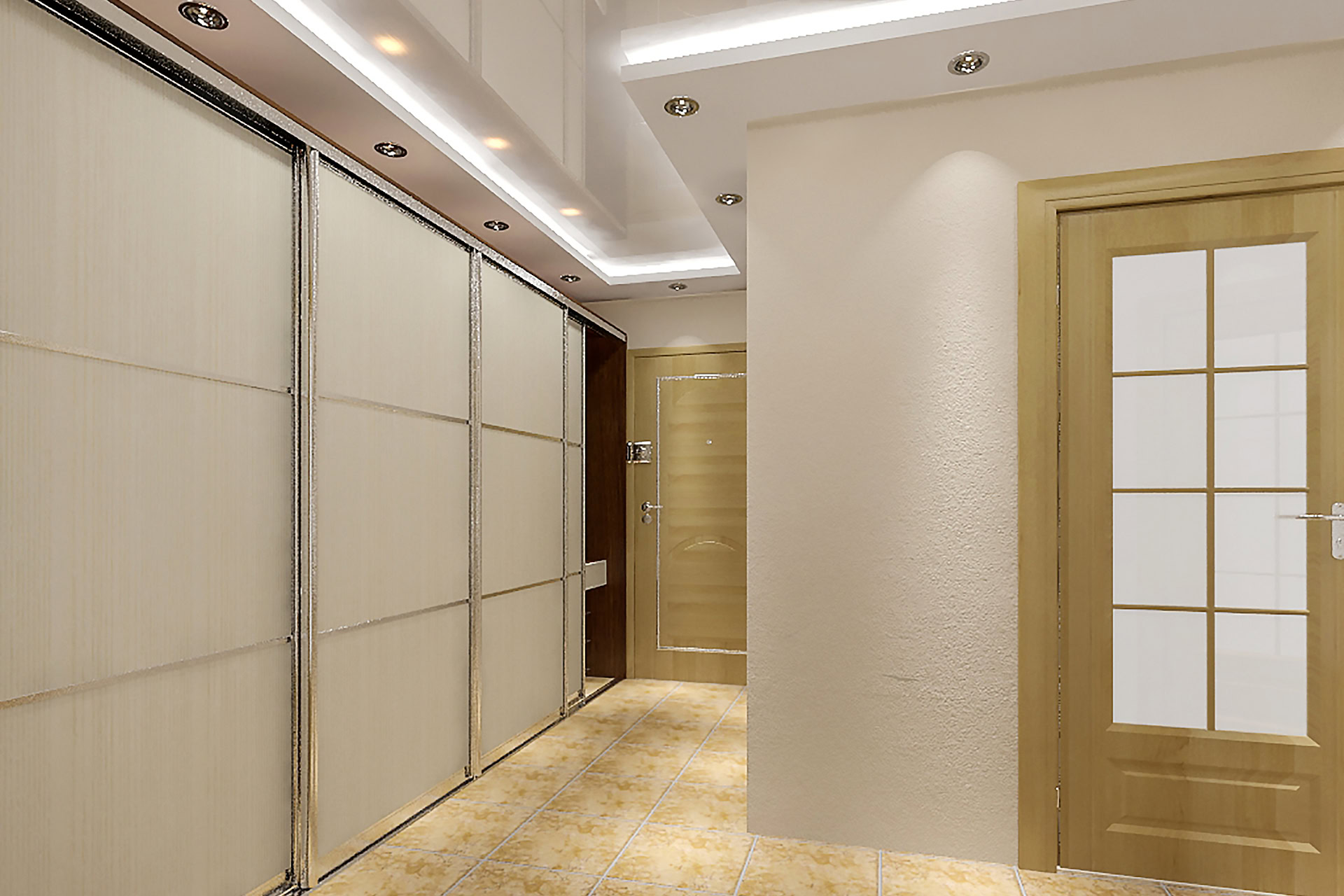

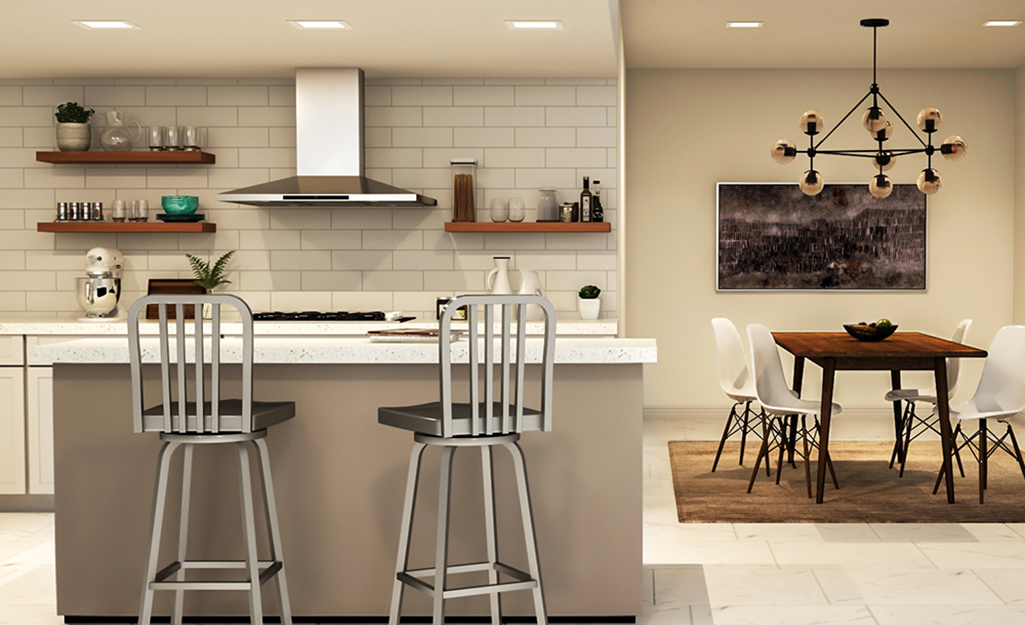



















:max_bytes(150000):strip_icc()/kitchenrecessedlighting-GettyImages-155383268-dec5caad600541ff81cbdd6d06846c66.jpg)












